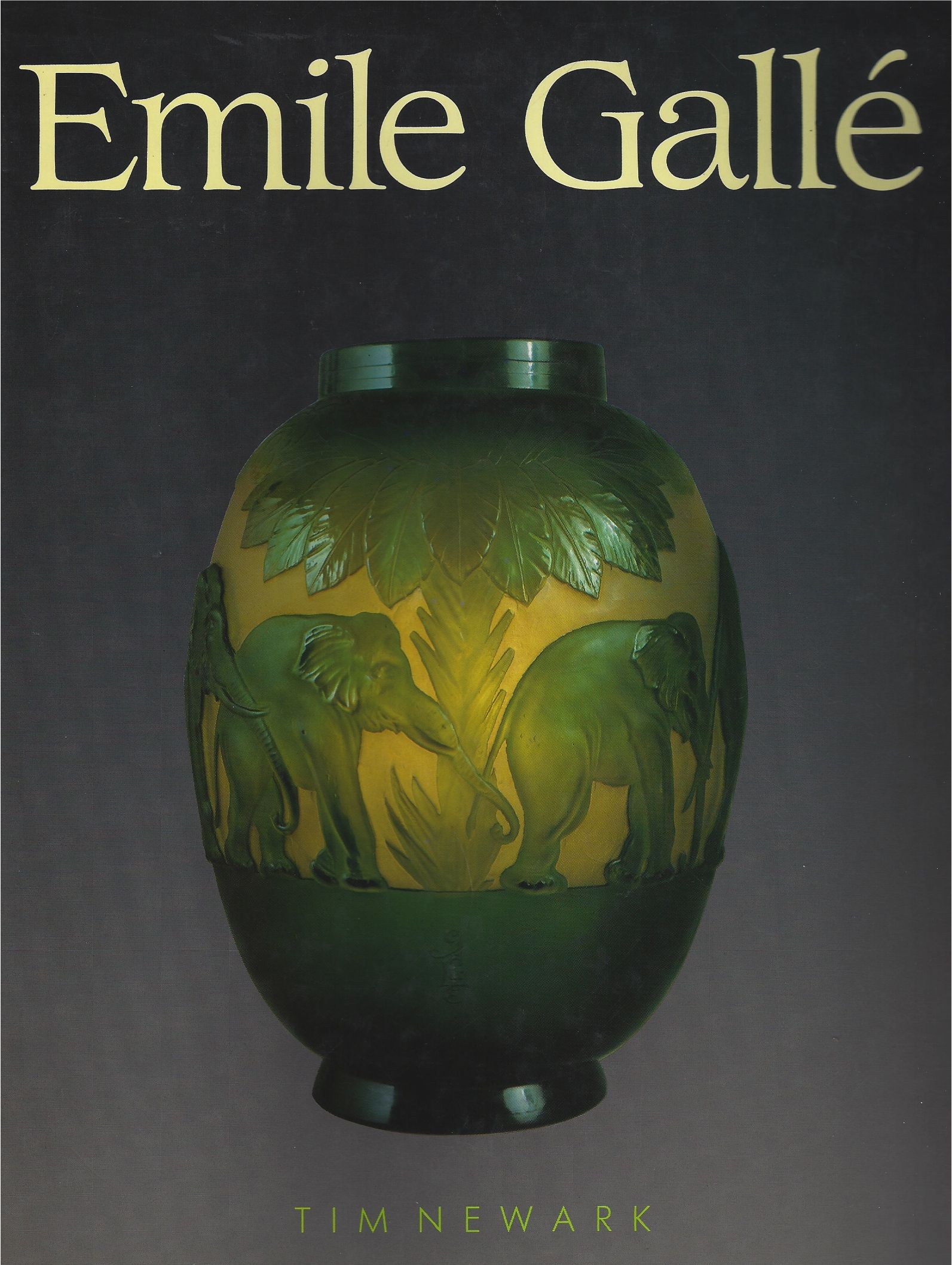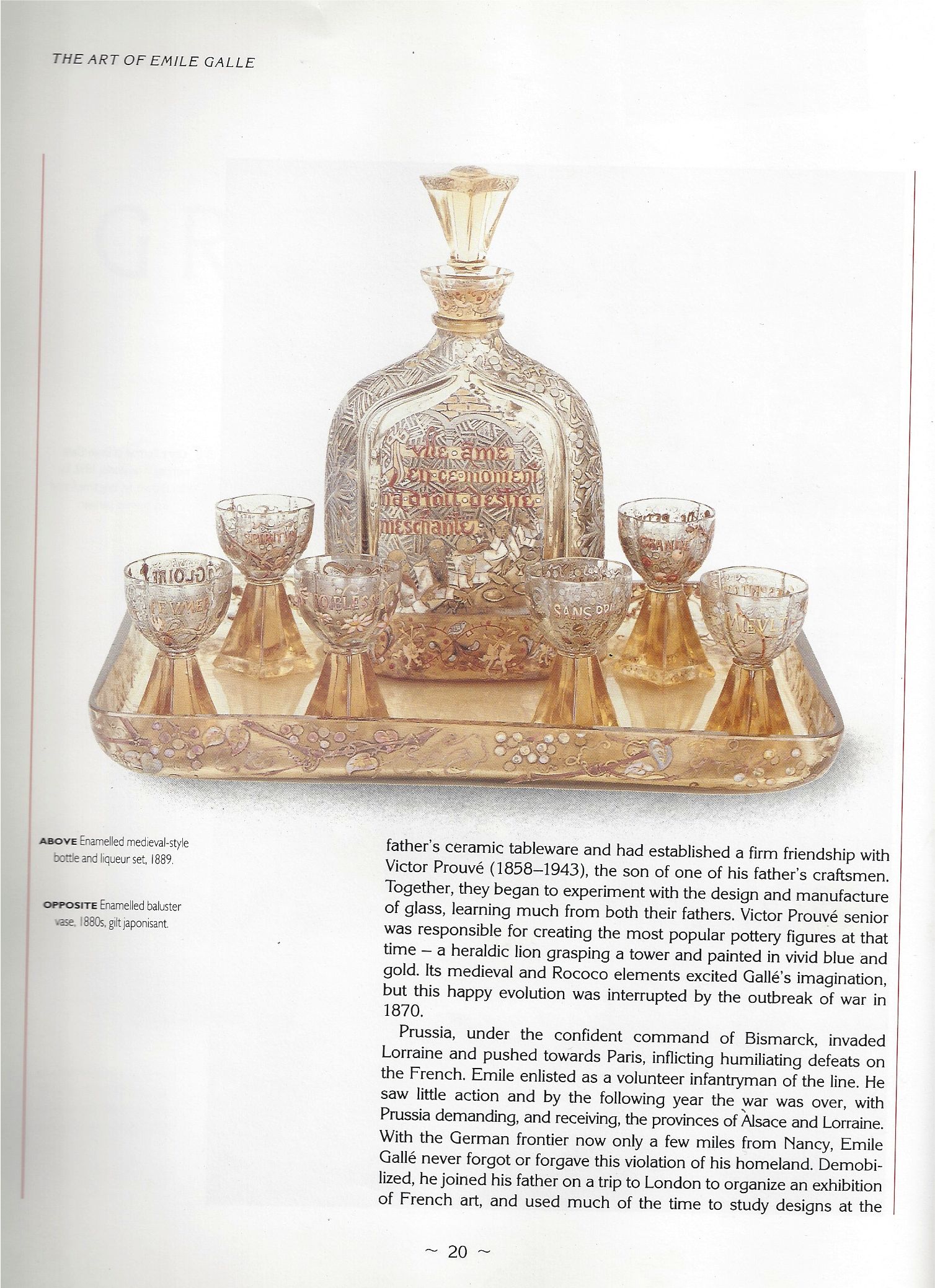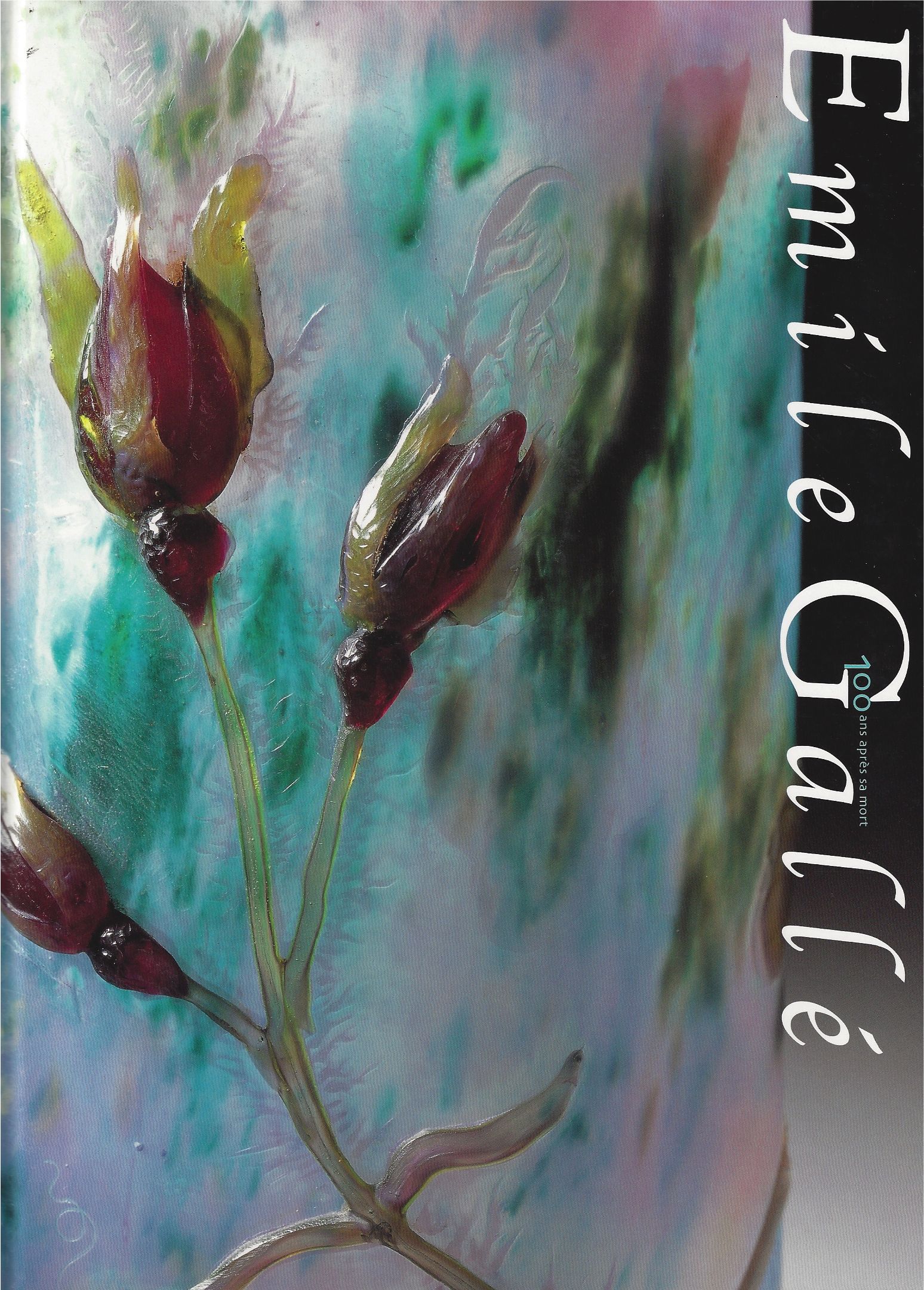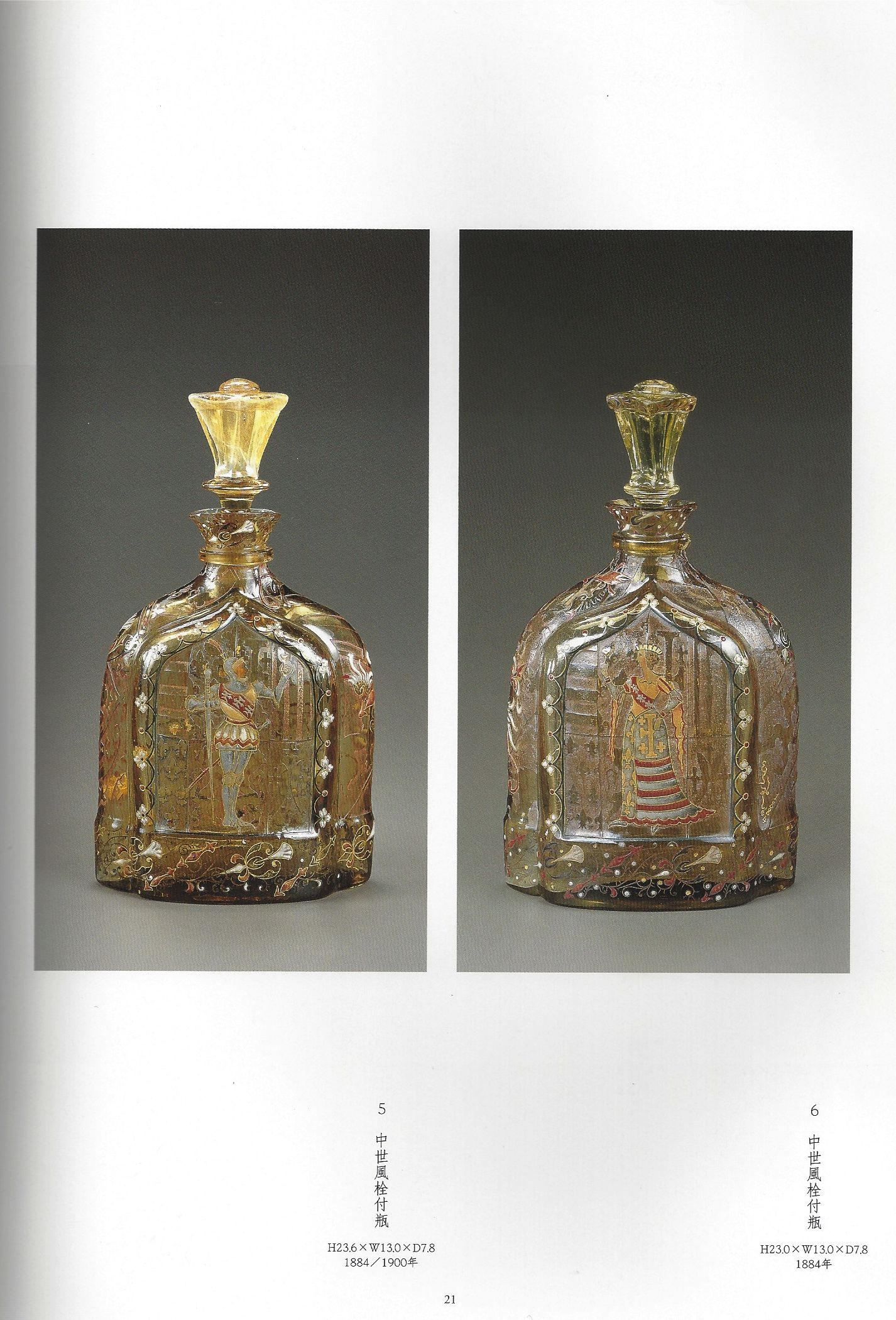An Enamelled and Acid-Etched 'Persian-Style' Glass Liqueur Service
By Emile Gallé, circa 1885
Comprising a finely enamelled tray, two decanters and twelve glasses, each decanter with enamelled signature Emile Galle a Nancy Depose
Tray: 12 in (30.5 cm) wide, 9 in (22.8 cm) deep
Each Decanter: 9 in (22.8 cm) high
Each Glass: 3 in (7.6 cm) high
cf. Alastair Duncan, Glass by Gallé, 1984, p.48 no. 33 - for an illustration of a decanter with the identical shape, and p. 49, no. 34, 35 - for examples of similar enamelled liqueur services
Tray: 12 in (30.5 cm) wide, 9 in (22.8 cm) deep
Each Decanter: 9 in (22.8 cm) high
Each Glass: 3 in (7.6 cm) high
cf. Alastair Duncan, Glass by Gallé, 1984, p.48 no. 33 - for an illustration of a decanter with the identical shape, and p. 49, no. 34, 35 - for examples of similar enamelled liqueur services
Emile Gallé was the foremost glassmaker of his day. In 1874 he took over the running of the Gallé factory in Nancy from his father and immediately began to expand the business, proving himself an outstanding businessman as well as a designer of genius. His creations were exhibited at the great exhibitions and world fairs in Paris, Chicago and St Louis and were keenly acquired by the most notable collectors of the day including Roger Marx, the editor of the Gazette des Beaux-Arts, the industrialist Edouard Hannon, the Philadelphia Museum of Art and the Russian and Danish royal families. This vase is a fine example of one of the most interesting groups associated with his output.
Gallé began to experiment with enamelling on glass in the late 1870s, drawing on the rich repertory of Ayyubid-Mamluk luxury glass whilst expanding on its decorative and chromatic range. In a statement to the jury of the Paris Exposition Universelle in 1889 he wrote, 'Since 1878, I have devoted myself continually to developing a palette that would allow me to decorate glass with the aid of colours and low temperature vitrifiable enamels...I also developed reflecting colours by mixing them with hard Arabian enamels. Finally in 1884, I produced for the Union Centrale des Arts Décoratifs a new series of transparent enamels in relief...I therefore present you today with the results of my continued research: opaque enamels with artificial and bizarre colours.'
Gallé must have seen Ayyubid-Mamluk originals in Germany as well as in his native France. Gallé adapted these prototypical forms and arrived at something bold, original and vibrant.
Gallé began to experiment with enamelling on glass in the late 1870s, drawing on the rich repertory of Ayyubid-Mamluk luxury glass whilst expanding on its decorative and chromatic range. In a statement to the jury of the Paris Exposition Universelle in 1889 he wrote, 'Since 1878, I have devoted myself continually to developing a palette that would allow me to decorate glass with the aid of colours and low temperature vitrifiable enamels...I also developed reflecting colours by mixing them with hard Arabian enamels. Finally in 1884, I produced for the Union Centrale des Arts Décoratifs a new series of transparent enamels in relief...I therefore present you today with the results of my continued research: opaque enamels with artificial and bizarre colours.'
Gallé must have seen Ayyubid-Mamluk originals in Germany as well as in his native France. Gallé adapted these prototypical forms and arrived at something bold, original and vibrant.
















